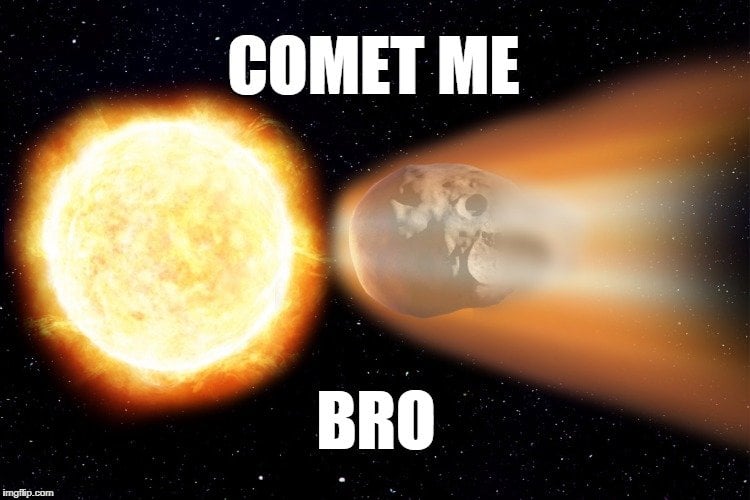
Iron meteorites make up less than five percent of meteorite finds. These type of meteorites seem to be similar to igneous rock. Chondrites are thought to be over 4.5 billion years of age and to have originated in the asteroid belt, where they never formed larger bodies. Diamond and graphite are among materials found to be present in these grains. Chondrites contain silicate materials that were melted in space, amino acids, and other presolar grains, particles likely formed from stellar explosions. Most meteorites that reach the Earth are classified as chondrites or achondrites, while a small percentage are iron meteorites and stony-iron meteorites. Such an impact would have had catastrophic global consequences including immediate climate change, numerous earthquakes, volcano eruptions, wildfires, and massive supertsuanims, along with the proliferation of massive amounts of dust and debris that would block solar energy and lead to a disruption in photosynthesis. Some scientists believe the impact of a large meteorite from an asteroid or comet in Mexico's Yucatan Peninsula was responsible for the extinction of dinosaurs some 65 million years ago. The actual meteorite was donated to the Alabama Museum of Natural History after various legal battles concerning ownership. It was the first recorded instance of a meteorite injuring a human. Although she was badly bruised, she was not seriously injured. It bounced off a table before striking her in the leg. On November 30, 1954, the Hodges Meteorite (actually a fragment of a meteorite) crashed through the roof of the residence of Ann Hodges in the town of Sylacauga, Alabama. Scientists believe the massive Berringer Crater in Arizona was formed when a 300,000 ton meteorite crashed to the ground over 49,000 years ago. It weighs over 100 tons and left a huge impact crater in the ground.

The largest meteorite ever found was in the African nation of Namibia. There are over 31,000 documented meteorites to have been found, although only five or six new ones are found every year. Sometimes Meteoroids make it throughout the atmosphere and hit the ground, where they are referred to as meteorites. Meteor showers are relatively common events that occur when the Earth passes through a trail of debris left by a comet. Their visibility in the night sky is due to air friction which causes the meteor to glow and emit a trail of gasses and melted particles that lasts for about a second. Millions of meteors enter the Earth's atmosphere every day, though the vast majority are observed at night. Meteors, also called shooting stars, occur in the Earth's mesosphere at an altitude of about 40-60 miles. If the meteor makes it to the ground, it is called a meteorite. When the meteor enters the Earth's atmosphere, and becomes visible as a shooting star, it is called a meteor. The meteoroid may be as small as a grain of sand, or, as large as a boulder. First, a meteoroid is a particle in the solar system. To understand meteors, one must also understand meteoroids and meteorites. Differences Between Meteors, Meteoroids, and Meteorites


 0 kommentar(er)
0 kommentar(er)
